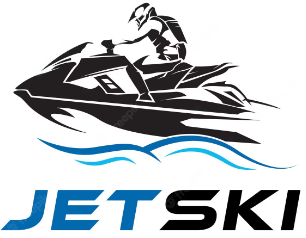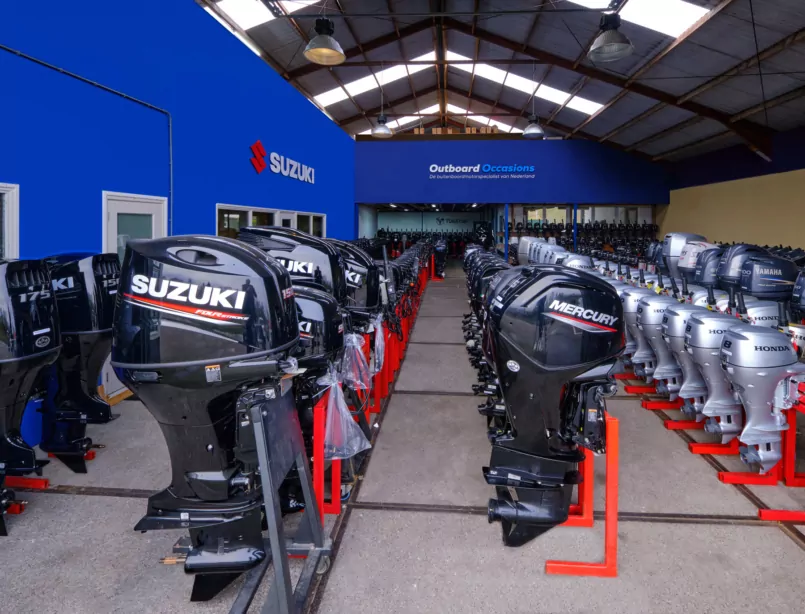OUTBOARD
Choose an outboard motor for your boat
Cheapest Place To Buy Outboard Motor. Many people believe that four-strokes are superior to two, But, once you dig a bit deeper, the answer isn’t so straightforward.
Four-stroke outboards burn straight gasoline within cylinders and circulate oil through a separate system — much like a car engine. This type of engine has cylinders that burn gasoline and a separate system to lubricate the engine with oil. Intake and exhaust take place at different times as the pistons move. Two-stroke engines, in contrast, burn a blend of gas and oil. In the past, this meant that four-stroke engines didn’t offer as much power as two-stroke engines. However, modern fuel injection systems mean better fuel economy for four-stroke engines. Upgrades by manufacturers have created more powerful engines.
As environmental standards have changed and boaters look for a clean, efficient engine, modern outboard motors have evolved — narrowing the differences between four- and two-stroke engines, explains BoatingMag.com. In the past, a carburetor or injector fed the mixture into the engine cylinder through an intake valve. This process led to a lot of fuel escaping, as the exhaust valve remained opened during this process, today’s two-stroke engines have been designed to prevent this fuel loss, making them just as smooth and quiet as four-strokes.
How does fuel injection work on outboard motors?
Thanks to modern fuel injection systems, today’s outboard motors are more fuel-efficient and produce fewer emissions.
Direct fuel injection (DFI) – Cheapest Place To Buy Outboard Motor
DFI engines are available in both two- and four-stroke engines. According to Online Outboards, they use less fuel, have increased engine power and have low emissions. They also don’t require fuel priming and are quick to start. DFI two-stroke engines work by feeding fuel into the cylinder while the piston covers the exhaust valve. This prevents the loss of fuel that occurred with older engines.
Electronic fuel injection (EFI)
With EFI engines, the fuel mixture is injected into each cylinder’s incoming air before it reaches the intake valve, explains Online Outboards. The fuel spray then cools the intake valve, increasing vaporization before it reaches the combustion chamber. A spark plug then ignites the fuel and air mixture. Low-emission EFI engines do not require fuel priming. They’re also quick to start and use less fuel without losing performance
How much horsepower do I need for my boat?
When buying a new boat or getting a new motor, many people ask, “How much horsepower do I need?” There are many factors to take into consideration:
- Manufacturer limits
- Boat horsepower-to-weight ratio
- Desired fuel efficiency, which will be impacted by horsepower
- How you’ll use the boat
- The number of passengers you typically carry
- The amount of your insurance premium (Usually, the higher the engine horsepower, the higher boat’s insurance rates.)
The weight of the boat is important – the bigger and heavier the boat, the more horsepower you’ll need, Formula Boats recommends that you have between 25 and 45 pounds of weight for each unit of horsepower. If you typically have a lot of people and gear on board, this will impact the amount of horsepower that will be best. When you are in doubt about appropriate horsepower, follow the manufacturer’s recommendations.
Electric outboard motors – Cheapest Place To Buy Outboard Motor
If you have a smaller boat, an electric outboard motor might be a good fit. Electric outboard motors are lightweight, quiet and low-maintenance – although they can be pricey. Even though you’ll need to change the battery every few years, you’ll save on fuel costs in the long run. Electric outboard motors usually just need an overnight charge
Do outboard motors affect boat insurance?
The cost of boat insurance boils down to risk. The faster the boat, the greater the risk. An outboard motor that’s faster may affect your rate or eligibility. But the speed of your boat isn’t the only thing that goes into your premium. Other factors include your boat type, size and value, as well as where you’ll be boating (oceans vs lakes), how much coverage you purchase, and any discounts you qualify for.

